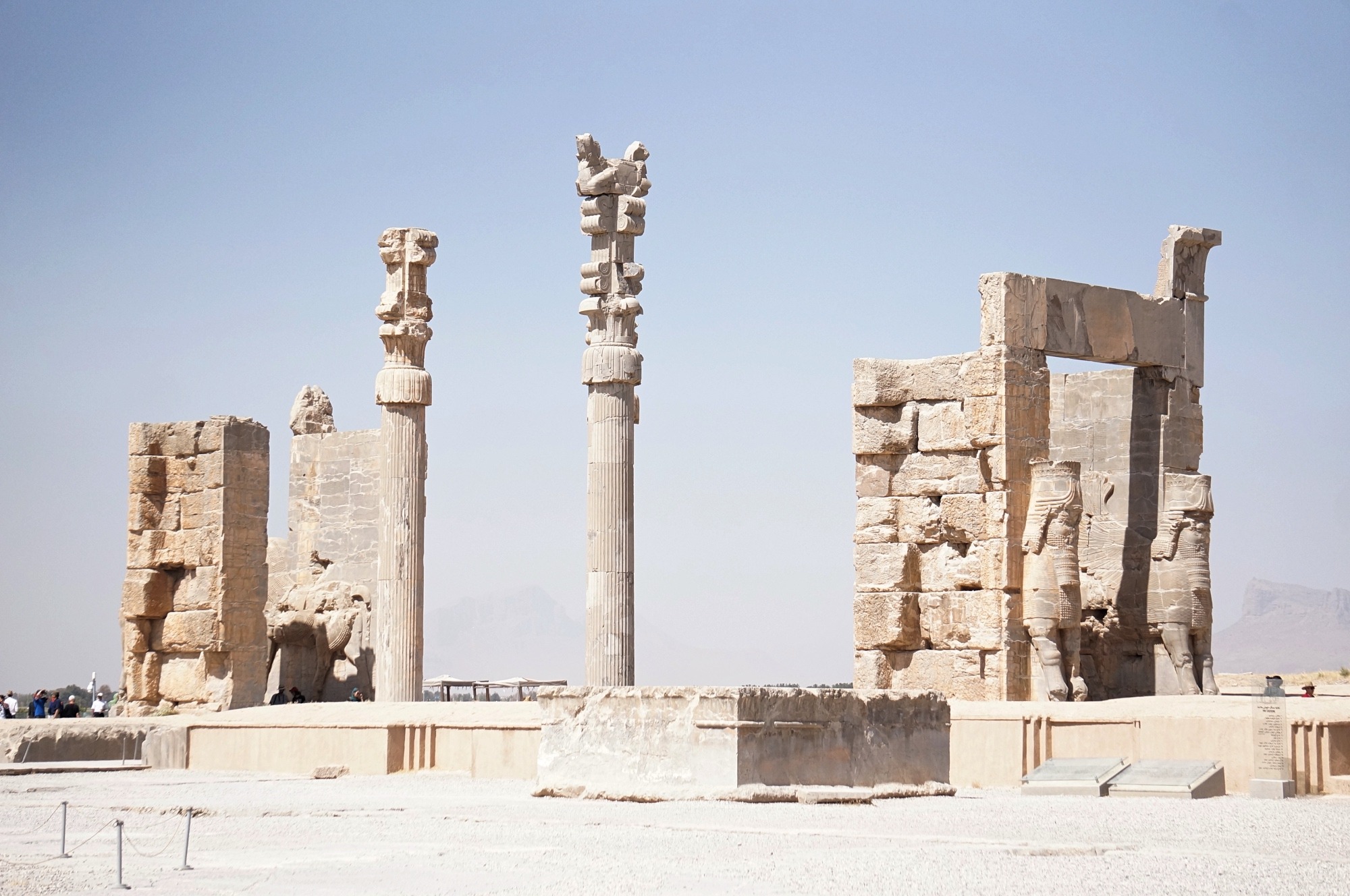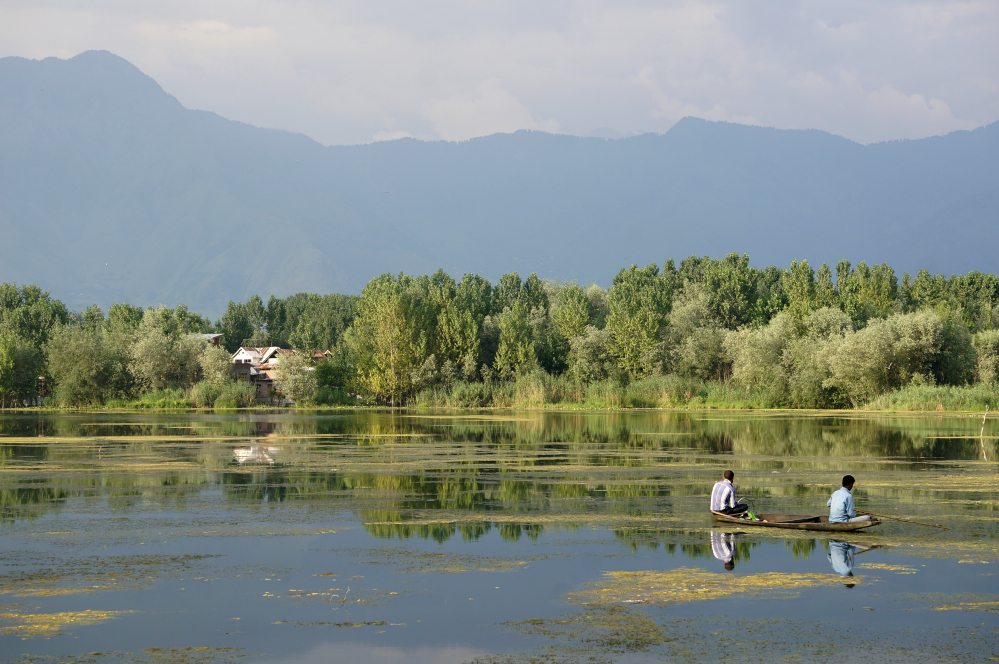During my trip to Iran, I noticed two recurring topics that Iranian people loved to talk about: Iran’s history and its culture of poetry. I had the chance to learn more about these topics in my next two destinations: Shiraz, the hometown of the famous poet Hafez, and the ancient ruins of Persepolis.
From Yazd, Linda and I made our way to Mavdasht. Mavdasht is not a common destination for tourists in Iran. Most tourists day trip to Persepolis from Shiraz, passing through Mavdasht without really noticing the place. There wasn’t any reason for me to go there except that my new travel partner, Linda, had arranged a night’s accommodation in town with a local guy named Reza through a couch-surfing website. I decided to join her and see what Mavdasht would bring. Reza was an exemplary host. He had us sleep on comfy cushions on the floor and provided us with a home-cooked meal. Our stay in Mavdasht proved particularly eventful after he invited us to a wedding. You can read about it in this post I published previously.
The day after the wedding, Reza drove us down a tree-lined road into Persepolis. The site of ancient Persepolis (otherwise known as Takht-e-Jamshid) is situated on a flat plain, against the flank of a large mountain. Reza walked us through the ancient city acting as an amatuer tour guide. In order to enjoy visits to ancient ruins, usually one must use a great deal of imagination. This wasn’t necessarily the case for Persepolis. Many of the frescos, sculptures, columns, and staircases are still intact making it easy to appreciate just how grand this city would have been. It is a UNESCO world heritage site and is described as one of the world’s most impressive archaeological sites.
Persepolis was founded by Darius I in 518 BCE and was the capital of the first Persian empire, the Achaemenid Empire, which was considered one of the largest and most powerful empires of the ancient world. The empire spanned three continents, stretching from Eastern Europe and Northeastern Africa, to Central Asia. Cyrus the Great founded the Achaemenid Empire in 550 BCE when, as King of Persia, he led a revolt against the empire of Medes. Under Cyrus and his successors, the empire established a roads system on which one of the world’s first postal systems ran. Cyrus the Great declared the first charter of human rights known to mankind which outlined racial, linguistic, and religious equality for the many different ethnic groups of the newly formed empire. He also agreed not to interfere with the local customs, religions, and trades of subject states. Alexander the Great eventually conquered the Achaemenid Empire in 330 BCE and laid waste to Persepolis in the process, but it is clear that Cyrus the Great and his empire live on in the hearts and minds of the Iranian people.
From Mavdasht, we travelled to Shiraz by bus. Shiraz is best known for its connection with the famous poets, Hafez and Sa’adi. However, many Australians may recognise the name for another reason. Historically, Shiraz was famous for its white wine but since the Islamic Revolution in 1979, no Shiraz wine has been officially produced in the region.
In Shiraz, Linda and I drank pomegranate juice and smoked tobacco pipes on rooftops. I visited the Tomb of Hafez to read poetry in the gardens. Outside the tomb, men charged a small fee for their canaries to pick a card from a box which contained phrases from Hafez’s poetry. I was told this was a fortune telling technique. Being a tourist, I of course wanted a fortune picked by a canary:
Come! Hear of those who have felt sorrow’s touch.
Their words are few, but what they mean is much.
Hafez was a 14th century Sufi poet. As a child his name was Shams ‘ud-din Mohammed. Hafez is the name for someone who has memorized the entire Qu’ran by heart. His collected works are regarded as a pinnacle of Persian literature and have been incorporated into Iranian art, music, and culture. Everyone I spoke to in Iran knew of Hafiz. Everyone. A love of, or interest in, poetry was something I recognised in a number of Iranian people I knew in Australia as well. Pez, a friend of mine in Nauru, would often recite poetry to me. Pez told me that some Iranian families read Hafez poems on holidays such as Nowruz, the Iranian New Year. Inside the mausoleum, people put their hands on Hafez’s tomb and read a poem. It felt like there was a spiritual element to it.
I have come to understand (although I may have this wrong) that Sufism is the pursuit of Ihsan, the realising and actualising of spiritual beauty and connecting it to God, and that Sufis are the mystics of Islam who seek the divine in everyday life. I first encountered Sufism in Istanbul when I saw whirling dervishes perform their dizzying routine, which is supposed to represent the oneness of all creation and humanity’s closeness to the divine, and an attempt to reach religious ecstasy. Hafez wrote of wine and drunkenness and love, but it is believed that these themes are symbolic of divine inspiration and are mystical love poems.
Working with refugees and asylum seekers, it is easy for me to associate Iran with stories I have heard of persecution and discrimination. The people’s friendliness and desire to share their country had given me the opportunity to meet Iranians and experience their culture, which was an important step for me to better understand them and dispel some of my negative views of Iran.
My next destinations were the majority-Arab region of Ahvaz and the Kurdish city of Kermanshaw. Many of the men I worked with in Australia fled these regions claiming persecution. It was going to be a very interesting few days.



